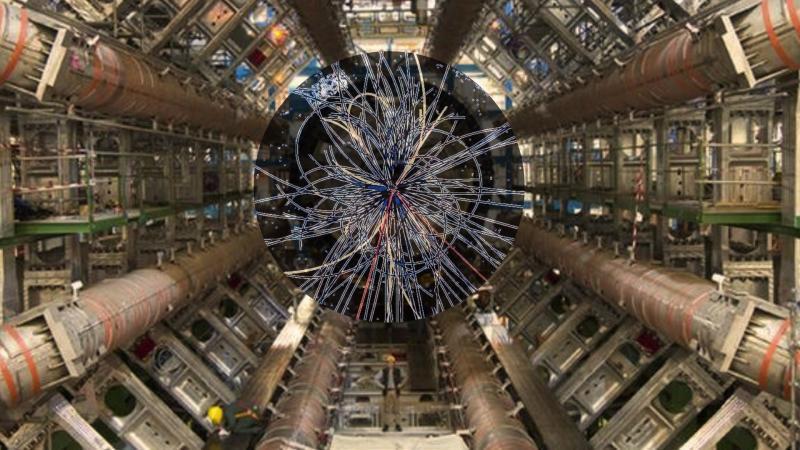
CERN Scientists Shedding Light on Antimatter & Universe’s Origins
The mysteries of the universe have long fascinated humans, and scientists at the European Organization for Nuclear Research (CERN) are no exception. Recently, the ALICE collaboration, a team of researchers at CERN’s Large Hadron Collider, made a groundbreaking discovery that sheds light on the origins of the universe and the fundamental forces of nature. The team confirmed the first evidence of antihyperhelium-4, a type of exotic antimatter particle, produced in heavy-ion collisions at the LHC.
The Large Hadron Collider is the largest and most complex scientific instrument ever built. It is a massive circular tunnel, stretching over 27 kilometers, where protons are accelerated to nearly the speed of light and then made to collide at extremely high energies. The collisions produce a vast array of subatomic particles, which are then detected and analyzed by sophisticated detectors.
The ALICE collaboration, which is one of the four major experiments at the LHC, aims to study the properties of matter and antimatter at extremely high temperatures and densities. This is achieved by colliding heavy ions, such as lead or xenon, at nearly the speed of light, creating a hot and dense plasma of quark-gluon matter. This plasma is believed to have existed in the early universe, just billionths of a second after the Big Bang.
The discovery of antihyperhelium-4 is significant because it provides insights into the balance between matter and antimatter in the universe. According to the Standard Model of particle physics, matter and antimatter should have been created in equal amounts during the Big Bang. However, this is not the case, as we know that our universe is dominated by matter. The reason for this imbalance is still unknown and is one of the biggest mysteries in physics.
The ALICE collaboration’s findings suggest that the production of antihyperhelium-4 in heavy-ion collisions could be a key to understanding the matter-antimatter balance. The team observed that the antihyperhelium-4 particles were produced in a specific range of energies and angles, which is consistent with theoretical predictions. This indicates that the particles are indeed antihyperhelium-4 and not a result of other processes.
The discovery of antihyperhelium-4 also provides insights into the fundamental forces of nature. The team observed that the particles interacted with other particles in a way that is consistent with the predictions of the Standard Model. This suggests that the fundamental forces of nature, such as the strong and weak nuclear forces, are responsible for the interactions between antihyperhelium-4 particles and other particles.
The ALICE collaboration’s findings are not only significant for our understanding of the universe’s origins but also have implications for the development of new technologies. The team’s discoveries could lead to the development of new materials and technologies that are capable of withstanding extreme conditions, such as those found in the early universe.
The discovery of antihyperhelium-4 is a testament to the power of human curiosity and the importance of basic research. The ALICE collaboration’s findings will continue to shape our understanding of the universe and its fundamental forces, and will likely lead to new breakthroughs in the years to come.
Source:
https://researchmatters.in/news/exotic-antimatter-spotted-heavy-ion-collisions-lhc
Note: The article is based on the news article provided and is a summary of the main points. It is not a technical or in-depth analysis of the research.






